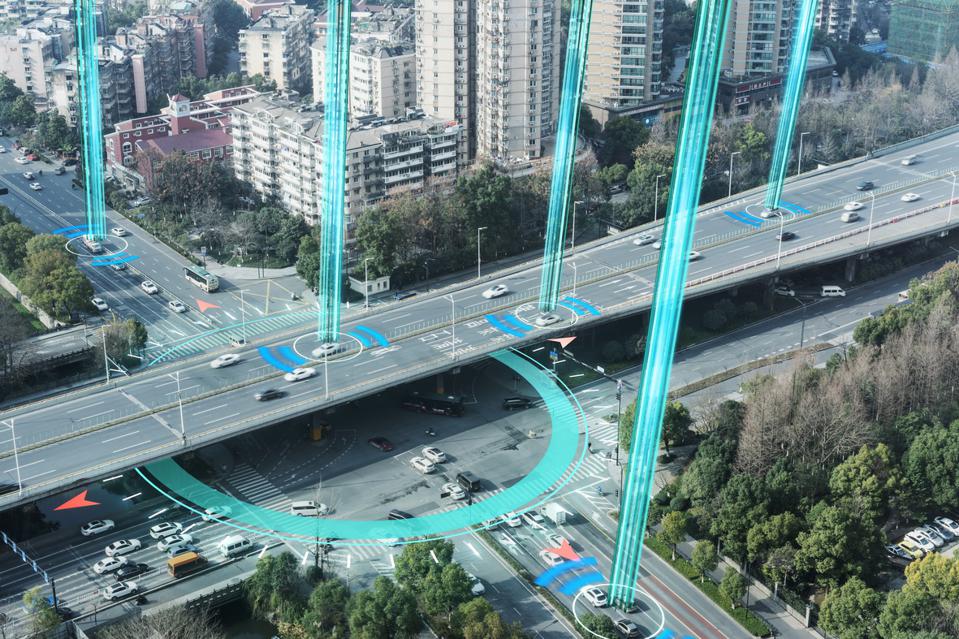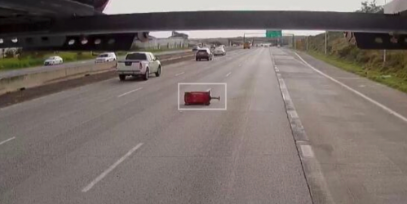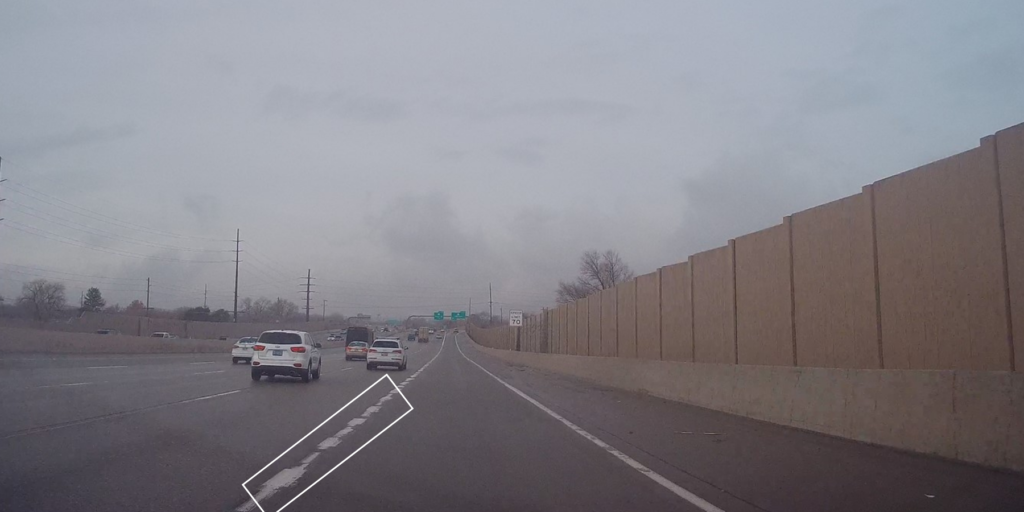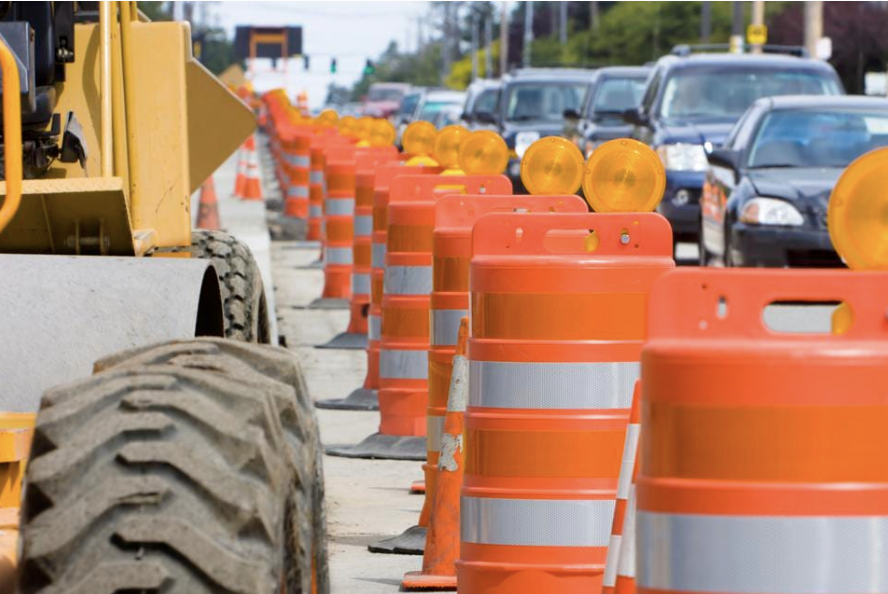
Introduction:
The world is witnessing a significant shift in the automotive industry as electric vehicles (EVs) are rapidly becoming the new norm. These eco-friendly alternatives boast a host of benefits, such as reduced emissions and lower operational costs. However, there’s one aspect of electric vehicles that demands our attention: their weight. With EVs often surpassing their internal combustion counterparts in weight, our bridges, parking garages, and roadways face new challenges. In this blog post, we’ll explore the potential impacts of electric vehicle weight on our infrastructure and how cutting-edge technologies like AI and computer vision from Blyncsy can play a vital role in ensuring the safety and longevity of our assets.
The Weight Dilemma:
One of the most significant advantages of electric vehicles lies in their battery technology, which contributes to their weight. Lithium-ion batteries, the most common type used in EVs, are considerably heavier than traditional internal combustion engines. The added weight puts increased stress on our existing infrastructure, such as bridges and parking structures, designed with the assumption of lighter gasoline-powered vehicles.
Impact on Bridges:
Bridges have specific weight limits designed to accommodate conventional vehicles’ masses safely. As electric vehicles gain popularity, the cumulative effect of heavier traffic can lead to structural damage and potential safety hazards. The increased weight load can accelerate wear and tear, leading to cracking and other structural issues. To prevent catastrophic failures, thorough inspections of bridges and the implementation of load-monitoring systems are vital.
Parking Garages and Roadways:
Similar to bridges, parking garages and roadways are not immune to the effects of electric vehicle weight. Over time, heavier EVs can lead to excessive stress on these structures, causing cracks and deformations. For parking garages, this could mean reduced capacity and potential safety risks for users. Roadways, on the other hand, might require more frequent maintenance to ensure a smooth and safe driving experience.
Increasing Inspection Frequency:
To maintain the integrity of our infrastructure, it’s crucial to increase the frequency and thoroughness of inspections. Traditional manual inspections are time-consuming, expensive, and often not frequent enough to keep up with the growing EV population. This is where advancements in technology come into play.
AI and Computer Vision to the Rescue:
Blyncsy, a pioneer in data-driven infrastructure solutions, offers a cutting-edge AI and computer vision platform that can revolutionize how we inspect and monitor our assets. By using the existing network of dashcams on our roadways, Blyncsy’s technology can continuously gather data about the condition of our assets
Automated Weight Monitoring:
Blyncsy’s AI-powered system could be used to automatically detect and analyze the weights of passing vehicles, including electric ones. By integrating this technology into our bridges and roadways, we can obtain real-time weight data, identify overweight vehicles, and address potential issues before they escalate.
Structural Health Monitoring:
In addition to weight monitoring, Blyncsy’s computer vision can assess the structural health of bridges, parking garages, and roadways. The system can detect cracks, deformations, and signs of wear, alerting authorities to areas requiring immediate attention. This proactive approach can significantly reduce maintenance costs and ensure the safety of motorists.
Conclusion:
As electric vehicles gain prominence on our roads, the weight disparity between EVs and internal combustion vehicles poses a new challenge to our infrastructure. Bridges, parking garages, and roadways need careful inspection and monitoring to withstand the increasing pressure. Leveraging AI and computer vision technology from companies like Blyncsy can be the key to proactively maintaining and protecting our assets. By embracing these innovations, we can confidently navigate the transition to electric vehicles while ensuring the longevity and safety of our vital infrastructure.
you may also like
California’s new AI initiative opens the door for mass adoption for transportation infrastructure management
California Governor Gavin Newsom’s recent executive order signals California’s bold step towards embracing artificial intelligence as a…
The North Central Texas Council of Governments (NCTCOG) allocated funding to its member agencies
In a promising development for the safety and efficiency of North Central Texas roadways, the North Central…








